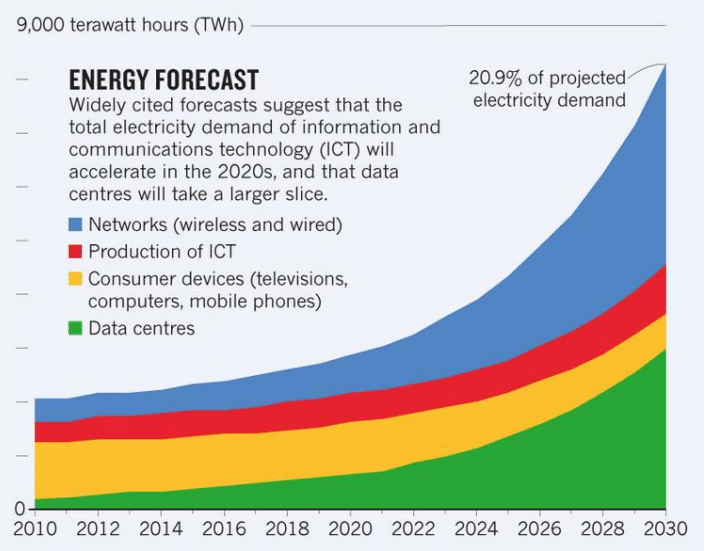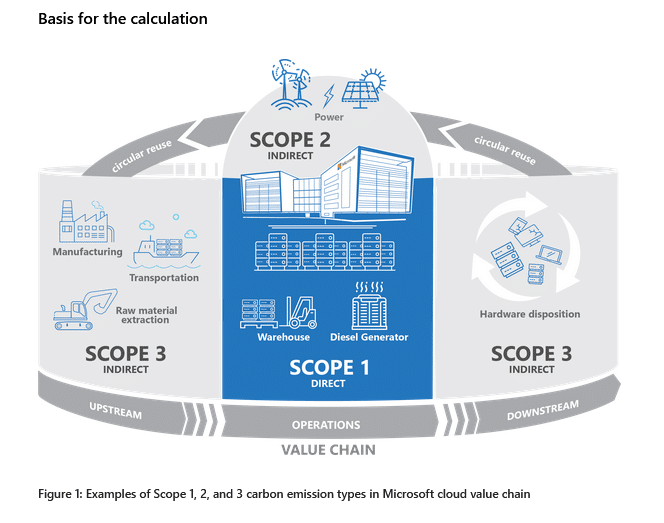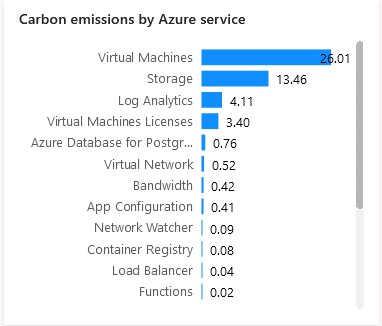DevGreenOps – Climate Change meets DevOps
In many IT projects there are classic types of waste such as
- defects,
- waiting times,
- unnecessary complexity in the software (architecture),
- features that nobody needs,
- unnecessary meetings or
- information that is needed but not available.
In the role of a cost controller, the following points may also come to mind, e.g.
- faulty cloud infrastructure that was inappropriately dimensioned (i.e. too large or incorrectly assembled) for a specific problem, or
- too many log outputs that lead to costs even before production.
If we now supplement this classic perspective with a look into the present and future, we notice a major change:
Climate change as a critical concern
“Climate change is the single biggest threat to life, security and prosperity on earth.” – Antonio Guterres, Secretary General of the UN
Triggered by climate change and the growing awareness that “business as usual” poses an existential threat, there is a clear and radical shift among individuals and businesses to curb harmful CO₂ consumption. Companies are increasingly committing to carbon neutrality, some doing so from 2030, many from 2050.
Climate neutrality can be achieved if CO₂ emissions are reduced to a minimum and any remaining CO₂ emissions are offset with climate protection measures.
What does this mean in terms of our classical way of thinking?
Waste is everything that reduces value! Every CO₂ emission is a kind of waste and this must be reduced.
Put positively: Every CO₂ emission saved increases value.
We all want that and all companies want that. But everyone has to start doing it. In our private lives
- we reduce flights,
- equip roofs with solar power,
- replace diesel cars with electric cars,
- use public transport instead of cars, etc.
And what impact does this have on our IT world? Let’s take a look at Bitcoins as an example:
Bitcoin – the dirtiest currency in the world
Do you know the CO₂ footprint of Bitcoins calculated over one year?
- The CO₂ production amounts to 59.1 million t – the equivalent of Libya’s footprint.
- Electricity consumption is comparable to that of Pakistan: 124.4 TWh.
- Electric waste amounts to 15,000 t – about the same as in Luxembourg.
And what does the CO₂ footprint of a single Bitcoin transaction look like?
- 728 kg CO₂ is produced by one transaction – if you watch 121,300 hours of YouTube videos, you get the same value.
- The electricity consumption of 1,533 KWh corresponds to that of a US household after 52 days.
- The electrical waste amounts to 184 g, which is the weight of 4 golf balls.1
Bitcoins may be a good idea, but they are not called the world’s dirtiest currency for nothing.2 And even if Bitcoins are an extreme example, the figures show a market expectation: generation must be improved and waste reduced.
If we look a bit at IT, we have to admit that the environmental problem described is not Bitcoin-specific. All the beautiful software we use every day runs on servers somewhere, mostly in data centres. All these servers need energy and more and more3:
Obviously, IT developments will also have to contribute a share to the climate neutrality of a company. And what does this backpack of facts mean for our own DevOps projects?
DevGreenOps – a fictional user story
Let’s write a fictitious user story:
“As a customer of a cloud provider, I would like to know at any time how high the CO₂ emissions of my rented infrastructure / software are, so that I can record and offset them as a company / private individual.”
To fulfil this user story, it is important to understand what CO₂ consumption IT applications have. Let’s take a look at the influencing factors of a web presence as an example4:
- volume of data transfer,
- energy consumption of web data,
- energy source of the data centre,
- carbon intensity of network electricity,
- website traffic,
- …
Interestingly, there are already services that calculate CO₂ consumption per website visit: https://www.websitecarbon.com/.
In the DevOps mindset, we want to identify waste as early as possible and for customers it would be ideal, for example, if they could choose the cloud provider that is CO₂ neutral. For this, it is important to consider all sources of emissions5:
Cloud providers such as Amazon, Google and Microsoft all follow a similar approach. With the help of the “Microsoft Sustainability Calculator”, for example, company-specific emissions – also broken down to individual components – can be calculated on the basis of Microsoft cloud emissions.6
- We need a training initiative for IT staff, because we must learn to keep an eye not only on the economic costs (for example, the annual bill to the provider), but also on the CO₂ emissions with the resulting costs.
- We need a company-wide CO₂ controlling system that addresses all areas, activities, products and services.
- And as a provider of IT products and services, we need to understand the environmental perspective of customers. In general, customers ask themselves if and when it is worth changing providers. Specifically, they want to know the forecast of CO₂ emissions and the impact of choosing a service at a different location. Recognising these needs and developing offers for them can bring significant competitive advantages.
Conclusion
In my view, value streams and DevOps are good acquaintances. Value stream mapping is an excellent tool for DevOps transformation. They should be used regularly – for example, as in our approach – to keep a continuous improvement process alive. The important thing here is that recognising and improving should not be done in an ivory tower, but is a joint task of the teams involved.
Notes (in German):
[1] Der Traum vom grünen Bitcoin
[2] Bitcoin- die dreckigste Währung der Welt
[3] How to stop data centres from gobbling up the world’s electricity, https://www.nature.com/articles/d41586-018-06610-y
[4] Die CO₂ Emission einer Website messen
[5] Analyse der CO₂-Emission der IT-Infrastruktur von Unternehmen
[6] Microsoft Sustainability Calculator
Here you can find an article about Greenwashing – pros and cons.
Justus Graumann has published another article in the t2informatik Blog:

Justus Graumann
After studying economics in Bonn, Justus Graumann moved into the IT industry and has been working for various companies for 20 years, mostly in the Java environment. For more than 8 years now, he has been involved in various transformation projects at Swiss Re and is currently pushing forward DevOps topics in his domain. He also gives workshops and talks at MeetUps and conferences.



